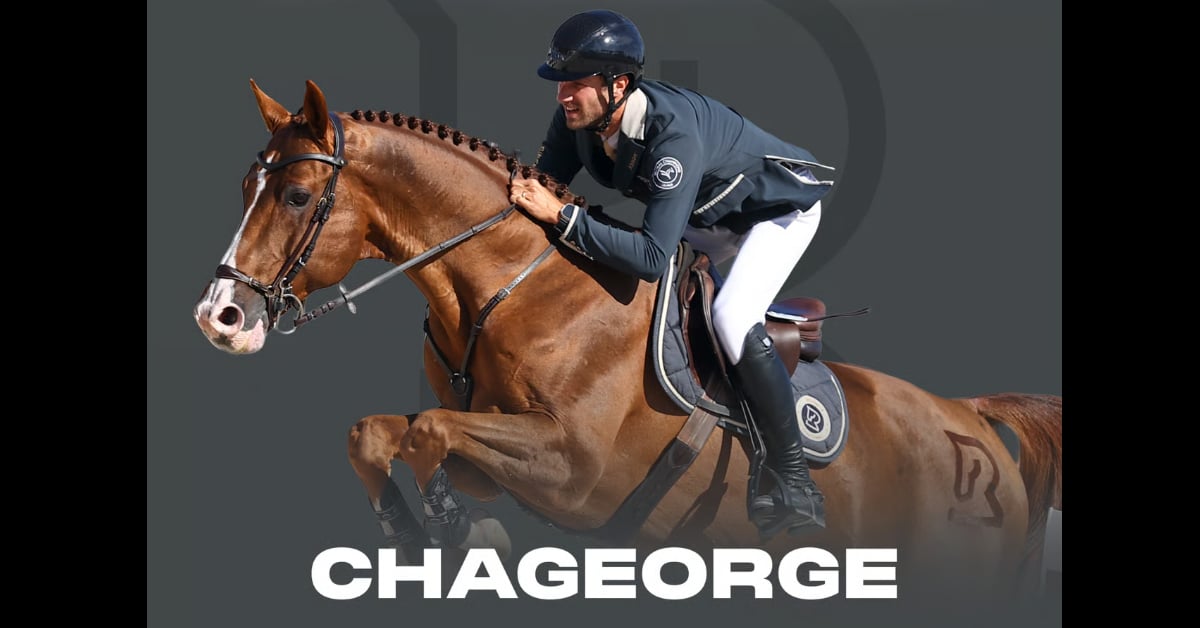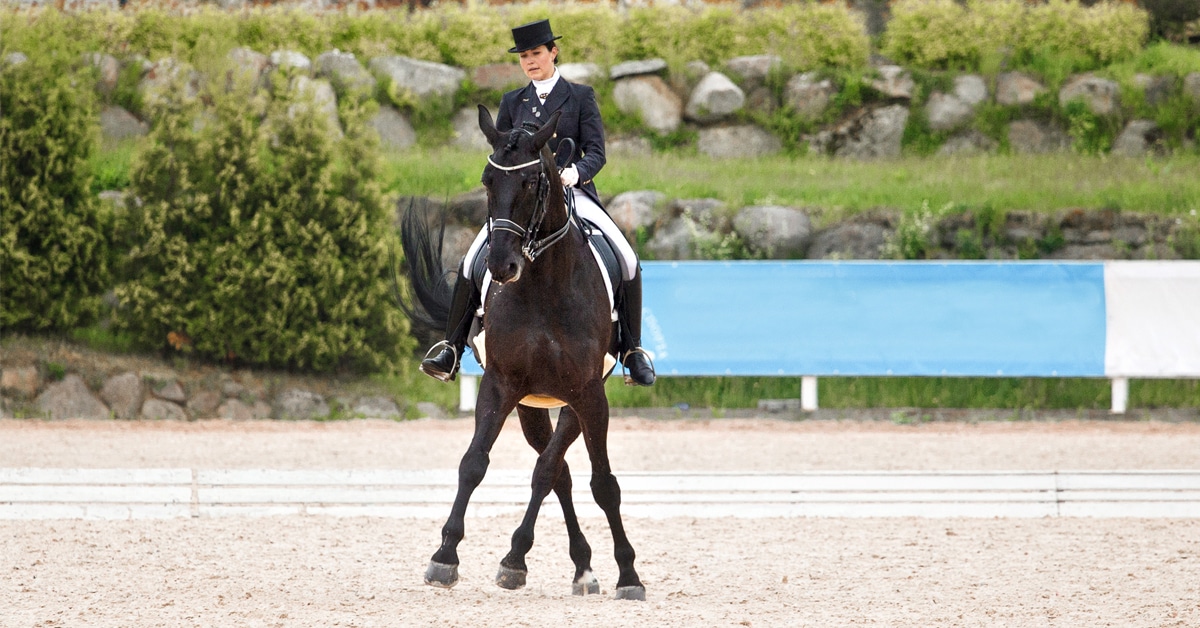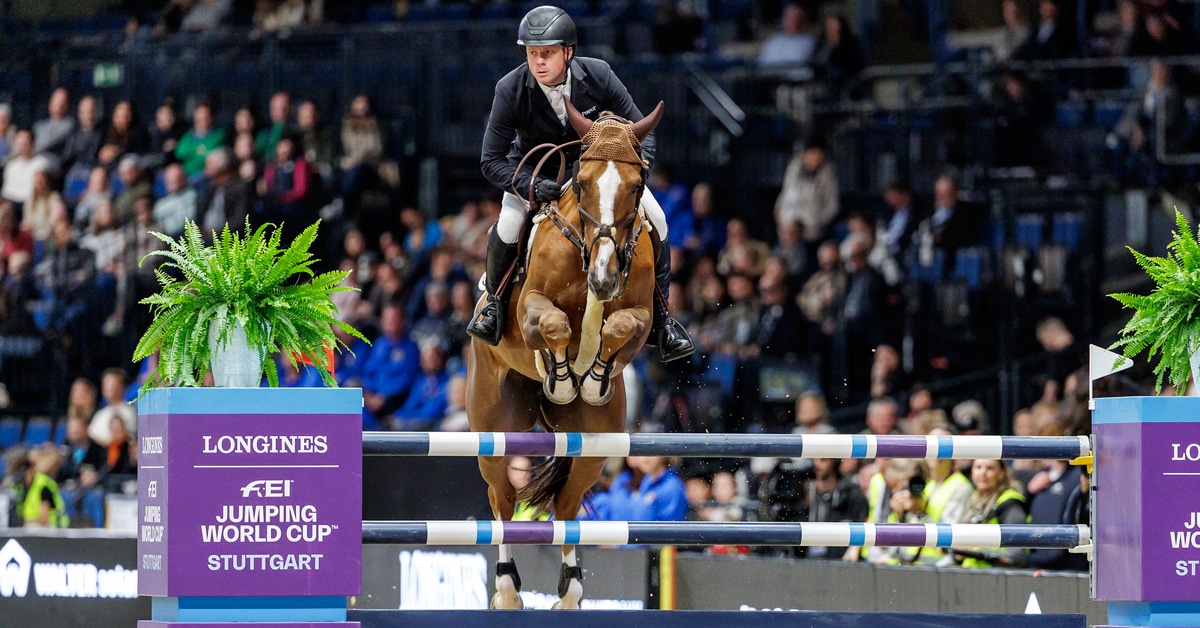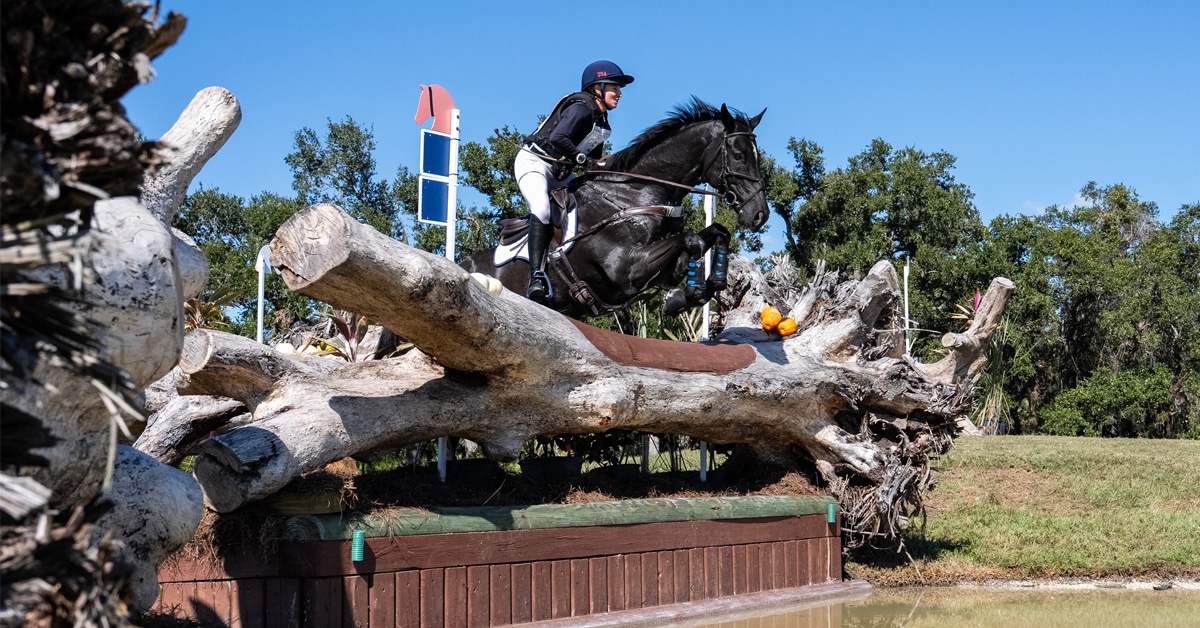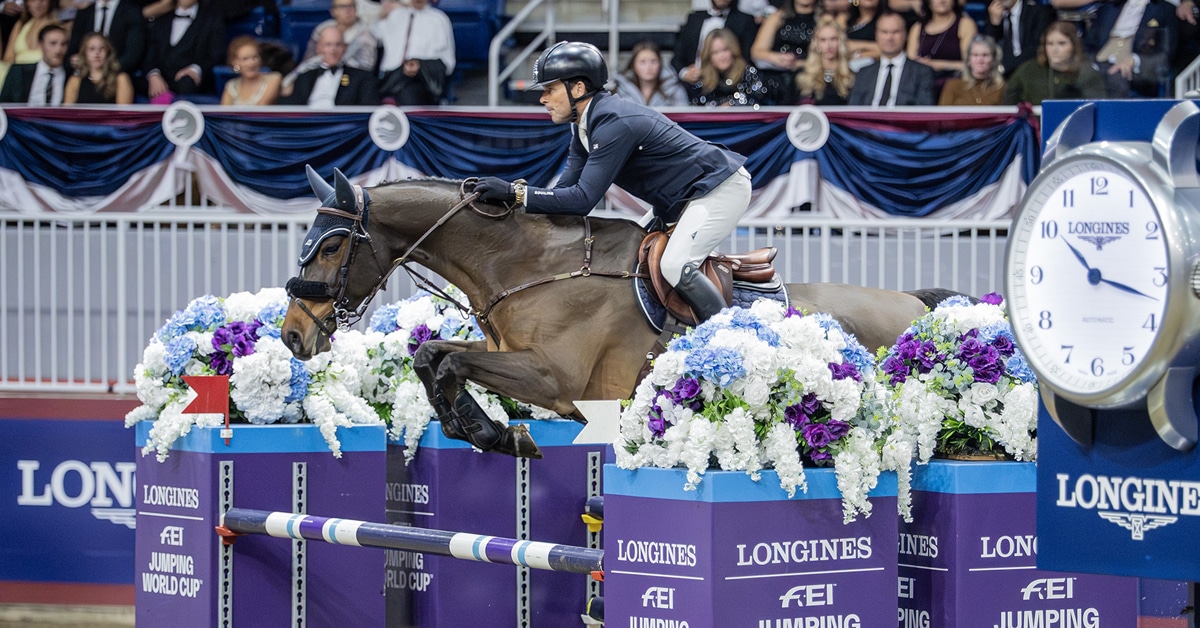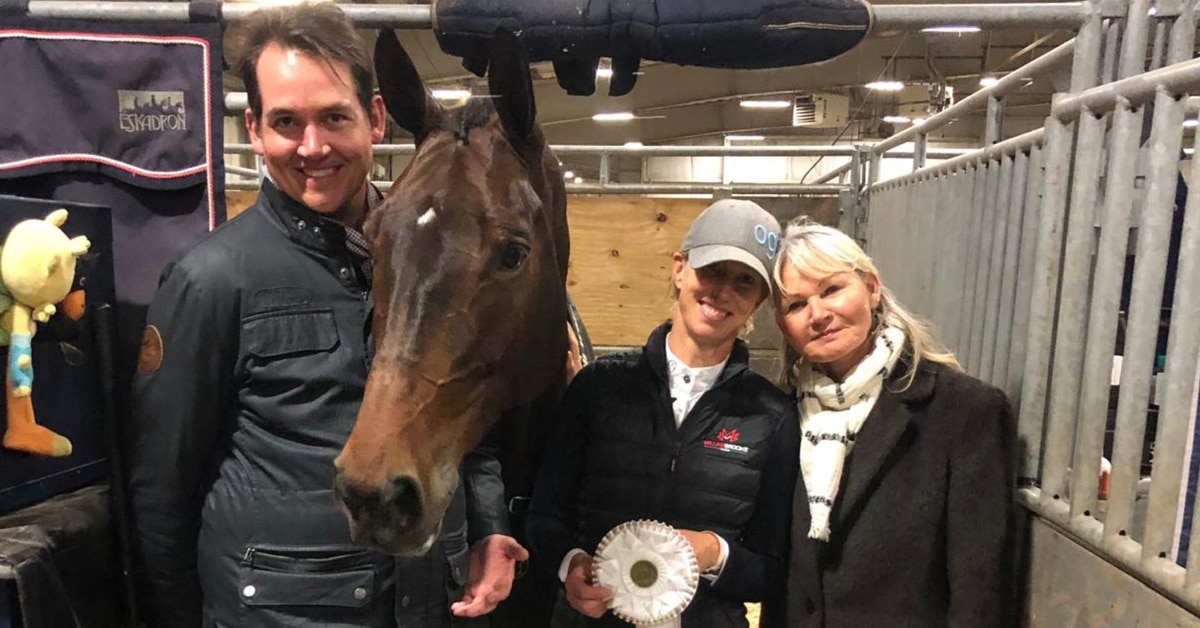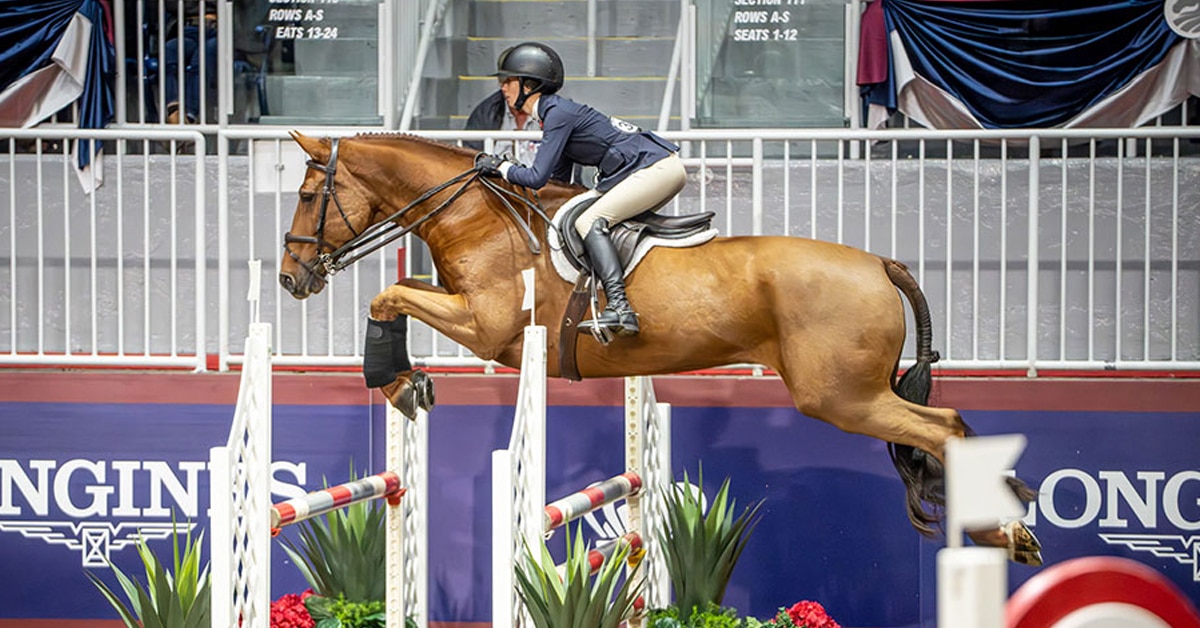Isabell Werth has responded to the “open mouths” debate, following news that a group of prominent equine scientists has written to the FEI with concerns over the double bridle and incidence of conflict behaviours at the Amsterdam and Neumunster World Cup dressage qualifying shows in Europe last month.
The letter, from scientists and veterinarians with special interest in the equine mouth, was openly copied to the International Olympic Committee, national federations and other stakeholders. They also lodged images of top-placed riders, including Isabell Werth, on the FEI’s new online incident reporting platform.
The letter was accompanied by several hundred images taken at those two shows by the Norwegian photographer Crispin Parellius Johanenssen, who uses top-spec equipment to capture “conflict behaviours” in dressage tests, and who is described by Ms Werth as a “man on a mission.”
The full collection sent to the FEI has not been publicly shared at the time of writing. Horsesport.com and other media have seen them, as has Ms Werth, who is also president of the International Dressage Riders Club. These include over 50 images of herself in Amsterdam, where she placed fourth in the Grand Prix and third in the freestyle with DSP Quantaz.
She comments: “I would like to note that these photos from all the riders and horses in Amsterdam (where I was present myself) do not mirror the complete picture of the combinations as they appeared in the arena. In the Freestyle especially, there were over-average performances and delighted spectators in a fully sold-out arena.
“The photos do not show this in any way, but show the exact moment when the hand has given a more or less half-halt, rather than the moment when the hand gives the contact or probably, in one or two cases, just holds the contact.
“This is easily possible to do with the use of today’s cameras which can take 20-50 pictures per second. This is being used by the photographer to make it seem as if it was a constant state of affairs. If you look at the background of the pictures you will see the similarity of the moments in time.
“As you can see in the pictures Quantaz was, at times, putting downward pressure onto the curb and snaffle bits of the double bridle. This caused him to open his mouth.
“As I am sure you are aware, horses are not always totally relaxed, supple and on the aids. They are not machines which always respond in the same way. We are showing our horses in front of large crowds in arenas with a lot of noise and movement. The horses do behave differently to the way they behave at home. Is it really such a big problem when, as in this case with Quantaz, he is not fully relaxed and accepting the bit for a moment?
“It is correct that the movements, where he shows an open mouth, should be marked down. However, I do not believe that Quantaz suffered any pain from the bits in this test. On the contrary, he is a strong, proud, self-confident and non-submissive horse.
“Of course, we would just like to show the moments when the hand gives the contact forwards, but the truth of riding is that we do have to give half-halts even more when the horse is not ideally on the aids. In these moments you will get different reactions from every horse; they are not always as supple as you wish they should be. That is the case whether we are using a double or snaffle bridle. And you will see this in all other equestrian disciplines, too.
“The bridle is a tool to educate and control a horse in a proper way. Our goal and challenge is, and has to be, a light contact independent of the bit or bits being used. However, this is a goal that we can‘t always reach.
“It is also worth realising that riding as a whole, the warming up, the conditions for the horses, the level of self-reflection by the riders, trainers and even the owners and the stewarding at shows, have changed immensely in the last 10 years.
“I know that I can or could always do something better, but it can’t be right that our performances are made to appear to be of a poor standard because of bad or unflattering pictures made by a man on a mission.
“I’m very surprised that scientists can make such a judgement based only on photos. A large number of well-known international top vets were ‘live’ in Amsterdam because of a congress. None of them seem to share this interpretation.”
More News
